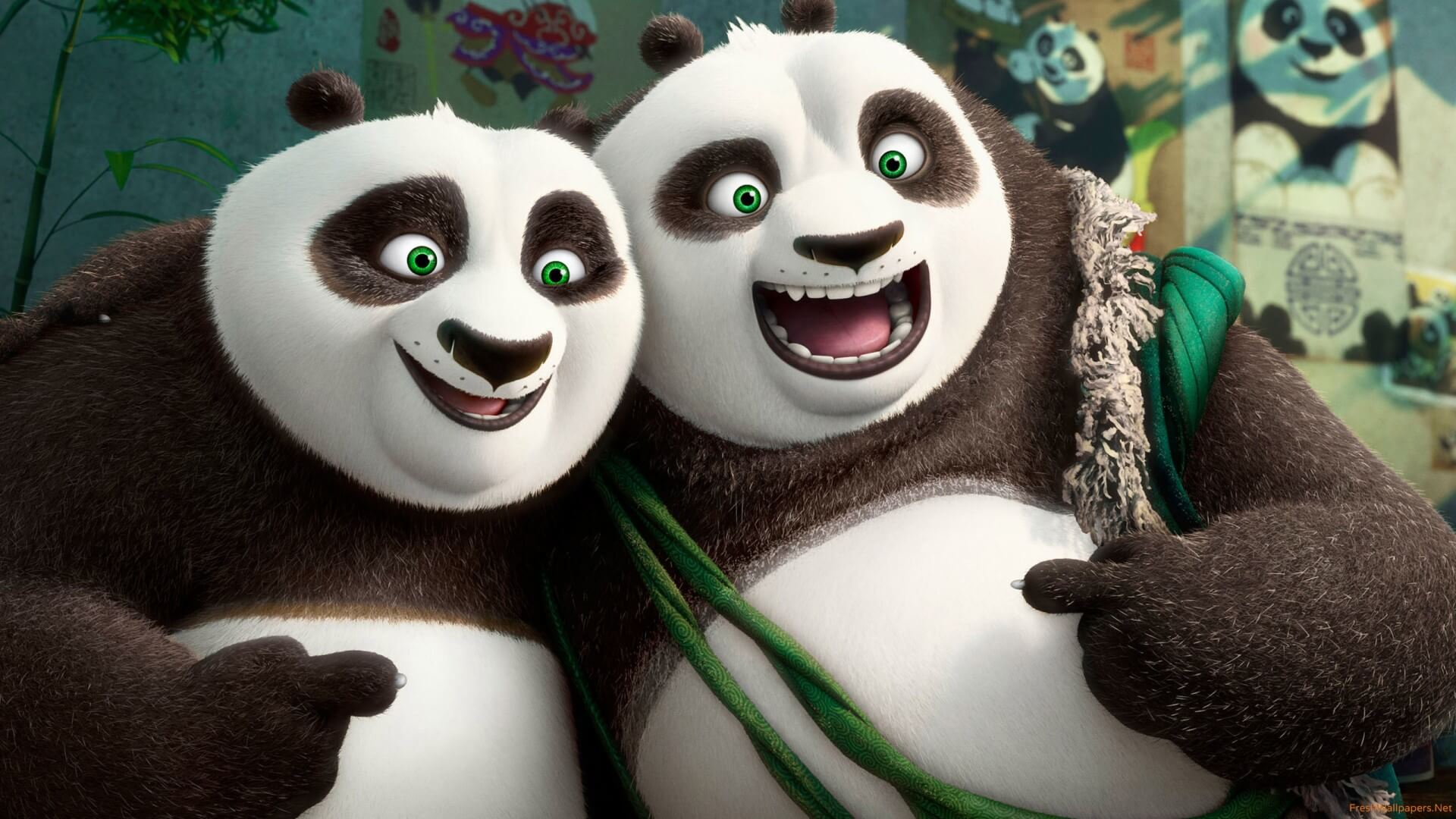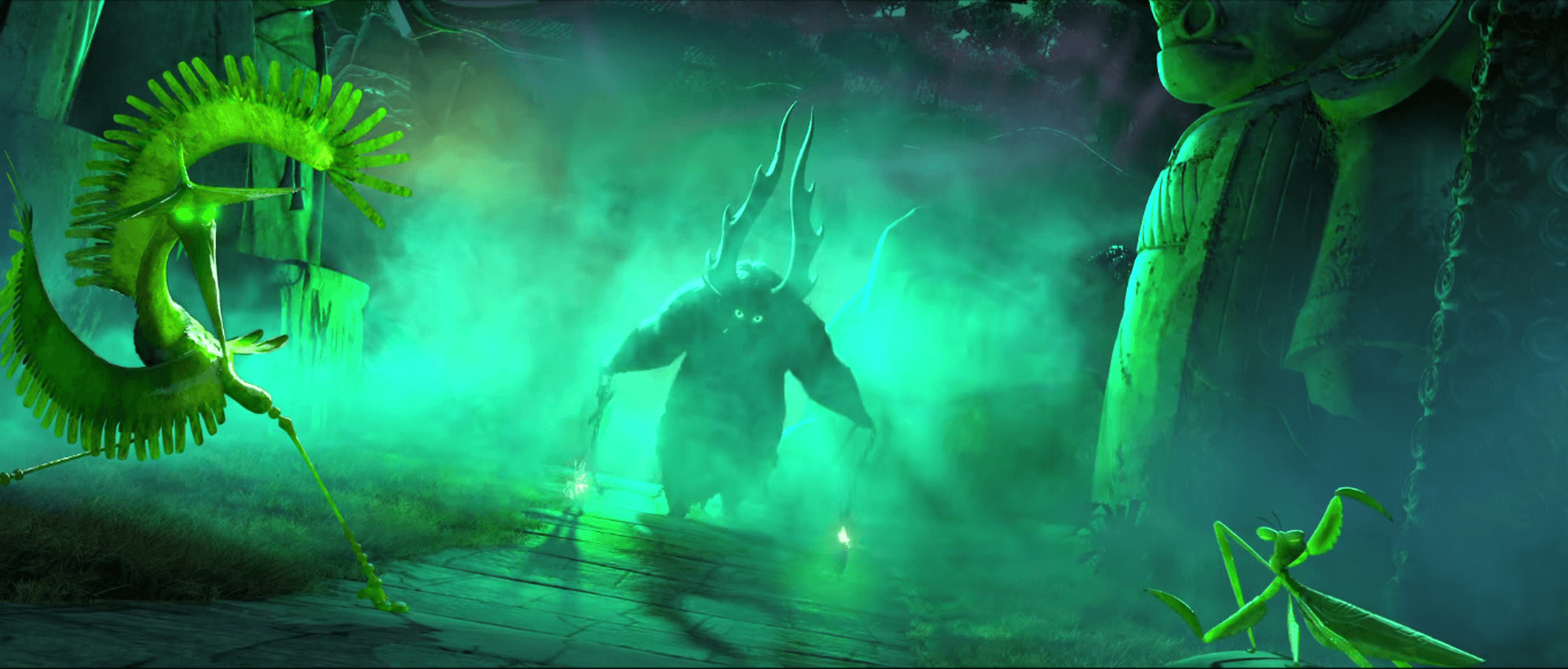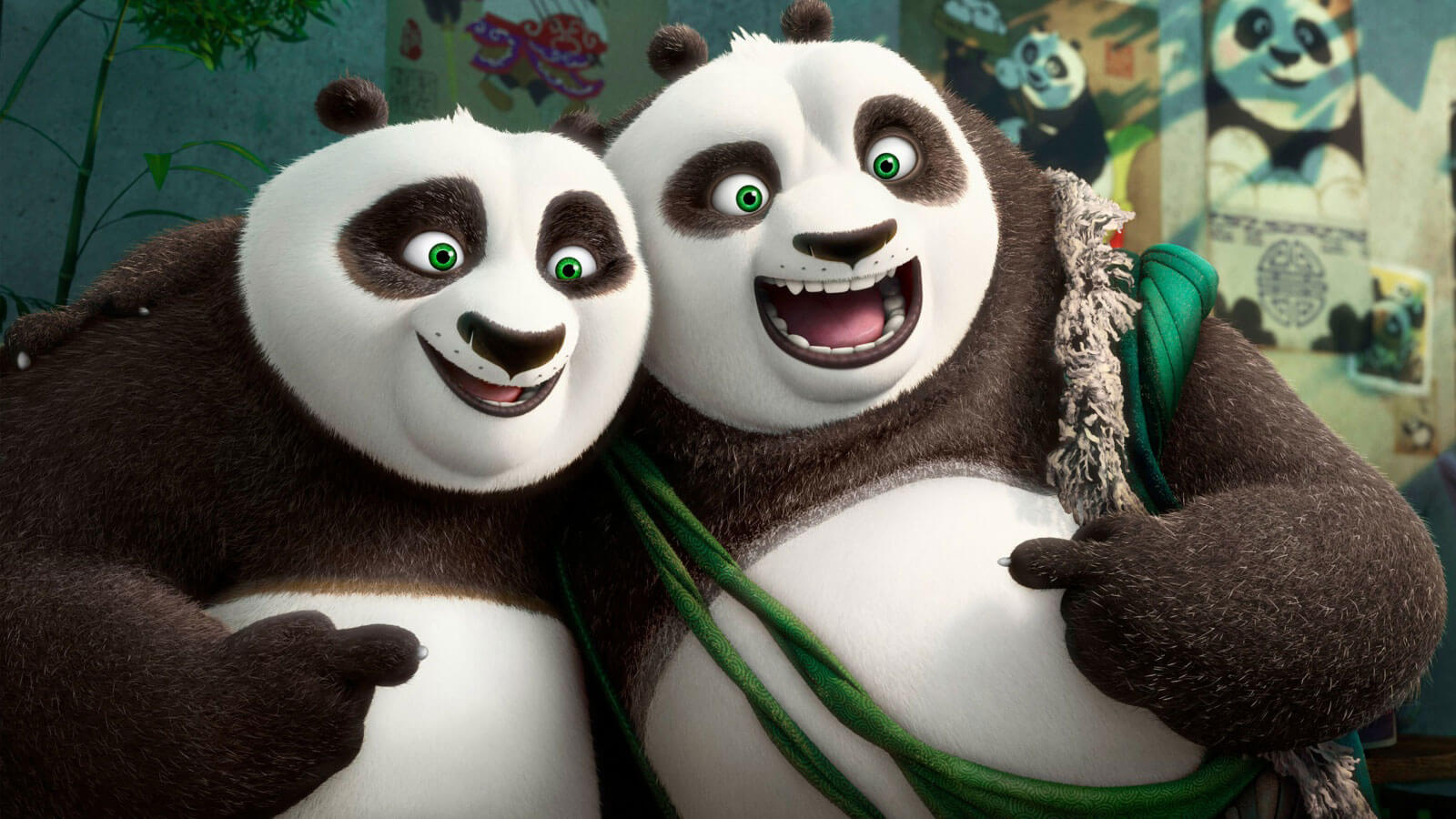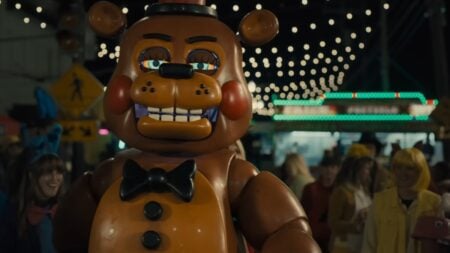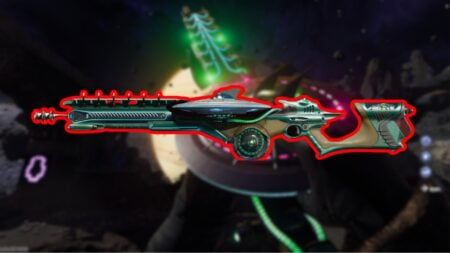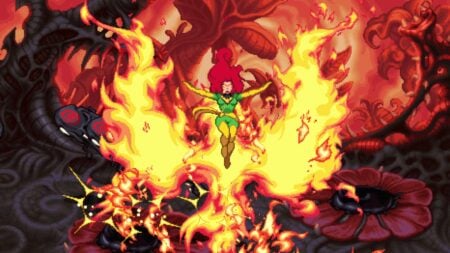Title: Kung Fu Panda 3
Release Date: January 29, 2016
Studios: DreamWorks Animation, Oriental DreamWorks, and 20th Century Fox
Director: Jennifer Yuh Nelson and Alessandro Carloni
Release Format: Theatrical
I went into my initial viewing of Kung Fu Panda 3 with a little bit of apprehension. I had seen both of the previous films and while I was a fan I generally thought that the second one, while having prettier graphics, was the weaker of the two. The tension I felt going into this film came from all of the previews I had been seeing leading up to the release of Kung Fu Panda 3. The commercials made it look as though it was a movie further divorced from the things that made the original good; the authentic atmosphere of a hero’s quest based in a martial arts world combined with oodles of heartfelt comedy and emotion.
[embedyt] https://www.youtube.com/watch?v=H-30B0cqh88[/embedyt]
[gap height=”15″]
Kung Fu Panda 3 surprised me though, not only because it far surpassed the forced comedy set pieces that I had gotten to see in the commercials, but in that the team responsible for crafting this film did an excellent job in learning from their past and, just like Po in this film, where able to craft something that featured the strongest parts of its predecessors.
The story begins in the Spirit Realm. There we see Master Oogway (Randall Duk Kim) contemplating inner peace next to his favorite Sakura tree. Almost immediately we are introduced to an ancient enemy of Master Oogway known as Kai (J. K. Simmons). As soon as he appears he attacks Master Oogway and absorbs his Chi allowing him to escape from the Spirit Realm and enter the physical plane. Before Oogway is de-Chi-ified he warns Kai that the Dragon Warrior is his true foe and so Kai sets out to destroy him.
Meanwhile we see Po (Jack Black), the titular Panda, trying to fill the role of teacher after his master, Shifu (Dustin Hoffman), leaves that role to him. Failing miserably, he returns to his adoptive father’s (Mr. Ping [James Hong]) noodle shop where he happens to cross his biological father, Li Shan (Bryan Cranston). Li Shan invites Po back to his home in the secret panda village, where they eventually receive news that Kai is on his way there to fight Po. At this point Po decides the only way to defend everyone successfully is to teach them Kung Fu so that they can help in the battle against Kai and his minions.
The basic plot is relatively simple, as you see it can be summed up in about two paragraphs, but from those bear (get it?) bones the story and atmosphere build themselves up using the plot lines and themes established in the first two films.
The story quickly follows up on the cliffhanger ending of Kung Fu Panda 2, introducing us to Po’s biological father, Li Shan. From this point on in the story Po’s adoptive father becomes extremely peeved, and a dad competition of sorts ensues. While the way Mr. Ping acts is possibly quite realistic for someone going through fatherly jealousy I actually found it to be a bit aggressive for his character and I would have preferred it if his reactions were a bit more subtle and emotive. This, however, in no way diminishes from the joy of watching this wonderful example of a non-traditional family structure evolve in front of our eyes as the movie progresses.
This all ties in quite nicely with the themes of self-discovery and personal improvement that both earlier Kung Fu Panda films were interspersed with. In getting to meet the residents of the secret panda village, Po learns about his ancestral heritage and as he learns where he truly came from the series spanning message of self-improvement comes across loud and clear. Self-knowledge is a powerful ally.
Not only does the film strive to deliver powerful messages but it packs a wallop visually. In the very first scene we are exposed to the intensity of a battle in the floating ether of the Spirit Realm with buildings, boulders, chi blasts, and weapons all being thrown around in fair proportions. The animation looks phenomenal during the heat of an intense fight scene, but even during the slower moments such as when Po is taking a bath (the bubbles look crazy real), everything looks astounding.
The high fidelity graphics of the environments and backgrounds, as well as the explosions and energy blasts, both contrasts well and works in harmony with the DreamWorks sculpted models of all of the films anthropomorphic animal characters. I was also rather happy to see that the highly stylized art style previously reserved (primarily) for dream sequences and the end credits in the other films got additional screen time during the body of Kung Fu Panda 3.
The one thing that I was worried about, more than anything, going to this movie, as I stated at the beginning of my review was the comedy. The comedy has always been an important aspect of this franchise and with weak writing comes forced comedy. This is what I thought I saw in the trailers and it had me worried as one of my major complaints about the second film was that the story was overall a little weaker. A weak story with weak jokes might make for a fairly flimsy movie.
While important to Kung Fu Panda, I could call these movies light comedies, as the jokes were never the main focus. This is why I was concerned that they had been thrown completely out the window. But I was proved wrong almost immediately and I am very glad for it. I was chuckling and laughing throughout much of the film, not rolling on the floor mind you, but genuinely laughing out loud, and much more then I had anticipated. Both the writing and the performances in this film are a step up from the previous entry and I would even go so far as to say that this movie is funnier than original.
Is Kung Fu Panda 3 better than number one or two? Overall my verdict would be a resounding yes, although not by a ton. Kung Fu Panda 3 serves as an excellent and appropriate potential finale to the story of Po, the Dragon Warrior. From the excellent score, to the great performances given by the voice over actors old and new, to the funny jokes and the cool fights provided by the script this story does pretty much everything the original two films did, but does it just a tad bit better.
- Acting: Overall very good. There were no performances that stood out extra hard however, Bryan Cranston as Li Shen and the often opposing performance of James Hong as Mr. Ping were personal favorites of mine.
- Cinematography: Very solid. Good use of various art styles from the ultra-stylized montage scene to the incredible detail put into everything. I would be willing to nominate this as one of the most graphically impressive movies DreamWorks has ever created.
- Story: Fairly standard for this series but it ties up the loose ends presented by the cliffhanger in the previous movie. Somewhat moving, with a fair deal of action, and better than average comedy.
- Characters: All of the all ready established characters stayed in character with the minor exception of Mr. Ping, but others may feel differently about his antagonism towards Po’s father. Some of the new panda characters could have benefited from a little further character development but were not a bad edition and did not drag the story down.
[review]

